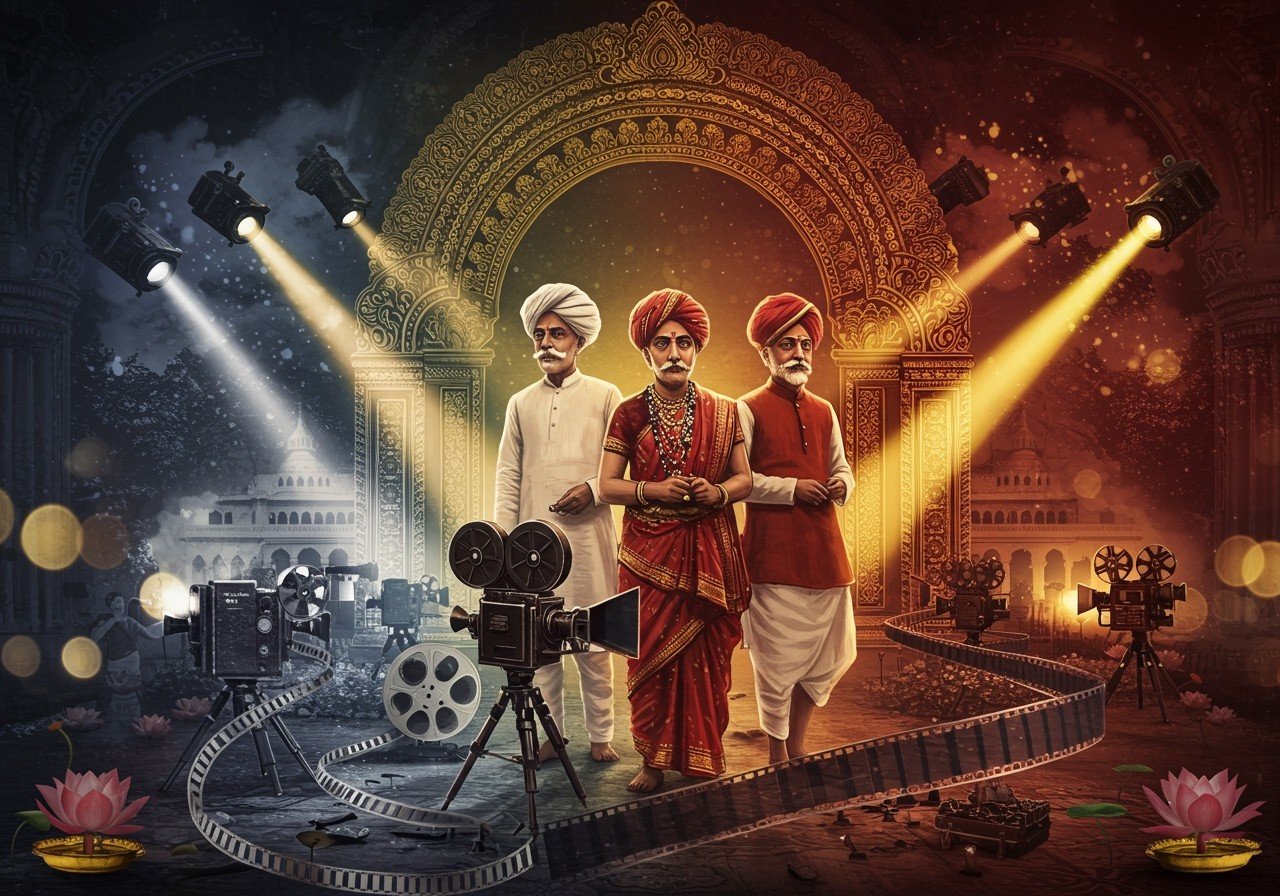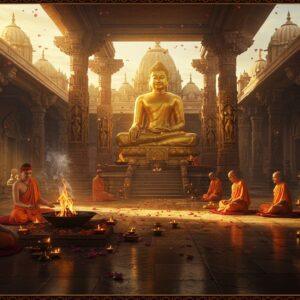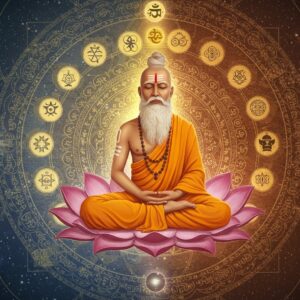
Indian cinema, a captivating blend of narrative, culture, and innovation, enjoys global acclaim. Its roots, intertwined with tradition and technological progress, have shaped a cinematic landscape that enthralls audiences worldwide. This journey began with pioneering filmmakers who laid the groundwork for the diverse cinematic experiences we cherish today. Let’s delve into the contributions of these visionaries.
The Father of Indian Cinema
Dadasaheb Phalke, a printing press owner turned visionary filmmaker, is revered as the father of Indian cinema. His magnum opus, Raja Harishchandra (1913), stands as India’s first full-length feature film. This groundbreaking work significantly impacted Indian cinema, employing innovative special effects and storytelling techniques. Phalke’s commitment to establishing an indigenous film industry, free from Western influence, was unwavering. Despite financial hurdles and societal skepticism, his perseverance prevailed. His influence endures, symbolized by the prestigious Dadasaheb Phalke Award, the highest accolade in Indian film.
The Dawn of Indian Cinema
The year 1896 marked a pivotal moment when the Lumière Brothers introduced cinema to India with screenings in Mumbai. This sparked the cinematic journey, leading to the creation of India’s first motion picture, “The Wrestlers,” by Harishchandra Sakharam Bhatavdekar (Save Dada) in 1899. The establishment of the Coronation Cinematograph and Variety Hall in Bombay in 1896 further solidified the cinematic presence. Early exhibitors like J.F. Madan and R.G. Torney championed cinema’s popularity across the nation.
The transition from silent films to talkies was revolutionary. Alam Ara (1931), directed by Ardeshir Irani, heralded a new era as India’s first talkie. Its synchronized sound captivated audiences, shaping Indian cinema’s soundscape profoundly. Studios like Bombay Talkies and New Theatres emerged as powerhouses, nurturing talent and producing memorable films that reflected Indian culture and values.
Pioneering Figures of Early Indian Cinema
Visionaries like Himanshu Rai and Devika Rani, founders of Bombay Talkies, introduced groundbreaking storytelling methods and socially relevant themes that resonated deeply. Their commitment to quality filmmaking helped shape the narrative of Indian cinema.
V. Shantaram’s artistic brilliance shone in films like Amar Jyoti (1936) and Do Aankhen Barah Haath (1957), showcasing innovative visuals and music. His work significantly influenced Indian cinema’s aesthetics. Bimal Roy’s realism in films like Do Bigha Zamin (1953) addressed social issues like poverty, setting a precedent for socially conscious cinema. Satyajit Ray’s Apu Trilogy introduced Indian cinema to a global audience, leaving an indelible mark on world cinema with his distinctive storytelling and artistic vision.
Cultural and Social Impact
Early Indian cinema became a powerful platform for addressing social issues like caste discrimination, gender inequality, and poverty, fostering national identity during pre-independence times. Films also became a vehicle for cultural expression, showcasing India’s rich linguistic diversity through regional language films.
Technological Advancements and Challenges
The shift from silent films to talkies ushered in significant technological advancements. The introduction of color in Kisan Kanya (1937) further enhanced the cinematic experience. However, early filmmakers faced challenges like limited resources, nascent technology, and distribution hurdles. The Indian Cinematograph Act of 1918 standardized production and censorship, impacting the industry’s growth trajectory.
Poojn: Honoring India’s Cinematic Heritage
Poojn.in helps you connect with India’s rich cultural heritage, including its pioneering cinematic traditions. Just as Lord Vishnu preserves dharma and Lord Indra rules the heavens, early Indian filmmakers preserved our stories and reigned over the silver screen. For those seeking to honor this legacy through traditional means, Poojn.in offers a curated selection:
- Complete puja samagri kits for cultural ceremonies and celebrations. These kits provide all the essential items for performing traditional pujas.
- Pure copper and brass items for traditional rituals. Crafted with high-quality materials, these items enhance the authenticity of your rituals.
- Authentic diya and agarbatti sets for auspicious occasions. Create a sacred ambiance with these beautifully crafted diyas and fragrant agarbattis.
Poojn.in also offers sacred threads, religious accessories, and a wide range of premium devotional items, all delivered to your doorstep. Each product comes with detailed descriptions and usage guidelines, ensuring proper ritual observance.
Our verified sellers guarantee genuine items that meet stringent quality standards. The user-friendly online ordering system delivers these sacred items to your home, allowing you to focus on the spiritual aspects of honoring our cultural heritage. Visit www.poojn.in to explore our complete collection and connect with India’s rich cultural legacy. [Note: Product availability is subject to change. Please check the website for current inventory.]
A Legacy of Vision and Innovation
The pioneers of Indian cinema built a foundation of creativity and resilience. Their passion and vision transformed a budding industry into a vibrant cultural force. These early filmmakers were not merely storytellers; they were visionaries who gave voice to Indian society’s aspirations and challenges. From silent films to talkies, and the emergence of vibrant color, these trailblazers embraced change with courage and innovation.
Their legacy continues to inspire generations of filmmakers and audiences alike. Today, Indian cinema stands as a testament to their pioneering spirit, a harmonious blend of tradition and modernity that continues to captivate hearts worldwide.
Exploring the Pioneers of Indian Cinema
Who is recognized as the father of Indian cinema? Dadasaheb Phalke holds this esteemed title, having directed and produced India’s first full-length feature, “Raja Harishchandra” (1913).
Which film marked the beginning of Indian cinema? “Raja Harishchandra,” premiering on May 3, 1913, holds this distinction. It was the first full-length Indian feature film and established Dadasaheb Phalke as a visionary.
Who were some other influential early filmmakers? Alongside Dadasaheb Phalke, pioneers like Hiralal Sen, Raghupathi Venkaiah Naidu, and J. F. Madan played key roles in shaping Indian cinema’s early development. These individuals made significant contributions to the industry’s growth during its formative years.
What hurdles did these early filmmakers encounter? Early filmmakers faced numerous challenges, including limited resources, technological constraints, and societal resistance. Their determination and ingenuity were crucial in overcoming these obstacles to establish Indian cinema.
How did Indian cinema progress after its inception? Following “Raja Harishchandra,” the industry saw the rise of silent films, followed by the revolutionary transition to talkies. Filmmakers began exploring diverse genres, contributing to the industry’s expansion and creative growth.


